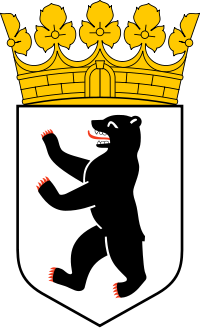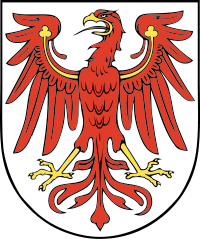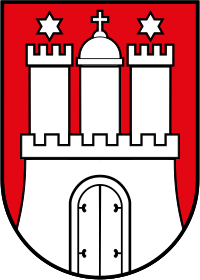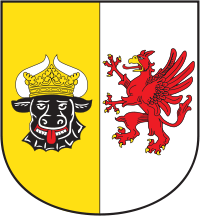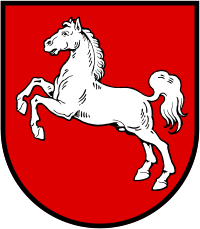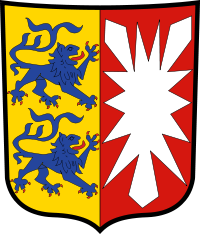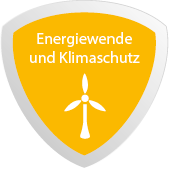Die nachfolgenden Inhalte stammen aus dem Kooperationsprogramm "Interreg Baltic Sea Region" (Version 1.2).
Kurzbeschreibung
This action shoud help to increase energy efficiency based on enhanced capacity of public and private actors involved in energy planning for example through improving and implementing sustainable urban and rural energy strategies comprising an integrated package of policy, institutional, financial and technical measures.
Förderziel
To increase energy efficiency based on enhanced capacity of public and private actors involved in energy planning.
Fördergegenstände
Bildung, Qualifizierung, Demonstrations-, Modell- und Pilotvorhaben, Produktentwicklung, Markteinführung, Strategieentwicklung, Konzept-, Teilkonzepterstellung, Vernetzung, Kooperation
Zuwendungsempfänger
- Public authorities/institutions responsible for energy planning at national, regional and local level.
- Local and regional public authorities/institutions (e.g. cities, municipalities) responsible for urban space development, acting as real estate owners and property developers.
- National and regional energy agencies.
- Energy enterprises.
- Entrepreneurs.
- NGOs.
- Academic and research institutions.
Förderfähige Gebietskulisse
Die förderfähige Gebietskulisse in Deutschland umfasst: Berlin, Brandenburg, Bremen, Hamburg, Mecklenburg-Vorpommern, Niedersachen (nur Lüneburg!) und Schleswig-Holstein.
Kooperationsmöglichkeiten bestehen mit folgenden Staaten: Belarus, Norwegen, Dänemark, Polen, Russland, Schweden.
Achtung: Bitte prüfen Sie im Kooperationsprogramm (KP, CP) welche Teilräume der Staaten förderfähig sind.
Das Programm erlaubt Kooperationen mit Akteuren außerhalb der formalen Grenzen der Baltic Sea Region (BSR) um bereits bestehende Netzwerke zu stärken.
Art der Unterstützung
Non-repayable grant
Beschreibung
Energy efficiency differs significantly around the BSR and needs further improvement, especially in the eastern part of the region. The situation is aggravated by the imminent consequences of climate change as costs for heating and cooling might increase in a changing climate. Further, a clear plan for a transition towards low energy cities and regions is often missing, with a few exceptions within the BSR. Energy efficiency aspects are not yet well integrated into regional planning.
There is often a lack of political commitment, capacity of regional planners and other relevant professional bodies, as well as dedicated structures supporting cooperation between various governance levels and administration. But there is significant potential to increase energy saving and to become a more climate neutral region through improving urban and rural development strategies.
Therefore, the specific objective is dedicated to developing and testing policy, institutional and financial measures as well as developing training schemes for professionals and anchoring them in the daily practice of public authorities and energy institutions, responsible for energy planning. The transport sector also shows a greater potential for energy saving.
Examples of actions:
- Improving and implementing sustainable urban and rural energy strategies comprising an integrated package of policy, institutional, financial and technical measures.
- Developing better coordination of regional energy planning among the BSR countries.
- Developing and testing incentive policies to implement retrofitting of public and commercial properties.
- Developing new financing models (e.g. energy performance contracting) for energy efficiency in e.g. buildings or production companies.
- Developing multi-level transnational strategies for optimisation of resources, creation of emission neutral regions, including transfer of models for cooperation with energy service companies on comprehensive energy solutions.
- Developing training schemes for professionals.
- Developing incentives for energy efficient products and services in enterprises.
- Developing initiatives for promoting green entrepreneurship for energy efficiency.
Zielgruppe
People and organisations who benefit from mitigated climate change, higher air quality or lower energy prices.
Zentrale Zuwendungsvoraussetzungen
Wichtige weitere Informationen zu Zuwendungsvoraussetzungen, wie z. B. die Mindestanzahl an Projektpartnern, finden Sie in den zugehörigen Unterlagen.
Auswahlverfahren
Das Auswahlverfahren findet sich ab Seite 61 des Programmhandbuchs. Die Auswahl geeigneter Projekte findet in zwei Schritten statt. Im ersten Schritt wird von den Bewerbern nur ein Konzeptpapier eingereicht. Falls das Konzeptpapier nach einer Prüfung positiv bewertet wurde, wird der Bewerber aufgefordert, eine vollständige Projektbewerbung einzureichen, auf deren Basis die Projekte schlussendlich ausgewählt werden. Die Kriterien finden sich auf Seite 70-73 des Programmhandbuchs.
Projektauswahlkriterien
Die Bewertung der Anträge umfasst eine Prüfung der formalen Zulässigkeit (Eligbility Check, eine Liste der Kriterien findet sich auf Seite 66-67 des Programmhandbuchs) und bei positivem Bescheid eine Qualitätsprüfung (Assessment). Diese umfasst mehrere Kriterien, die auf Seite 70-73 aufgelistet sind.
Das Ergebnis wird dem Monitoring Committee für ihre endgültige Entscheidung vorgelegt. Bitte konsultieren Sie auch das Programmhandbuch für nähere Informationen.
Laufzeit
Start der Maßnahme: 01.01.2014
Ende der Maßnahme: 31.12.2023

